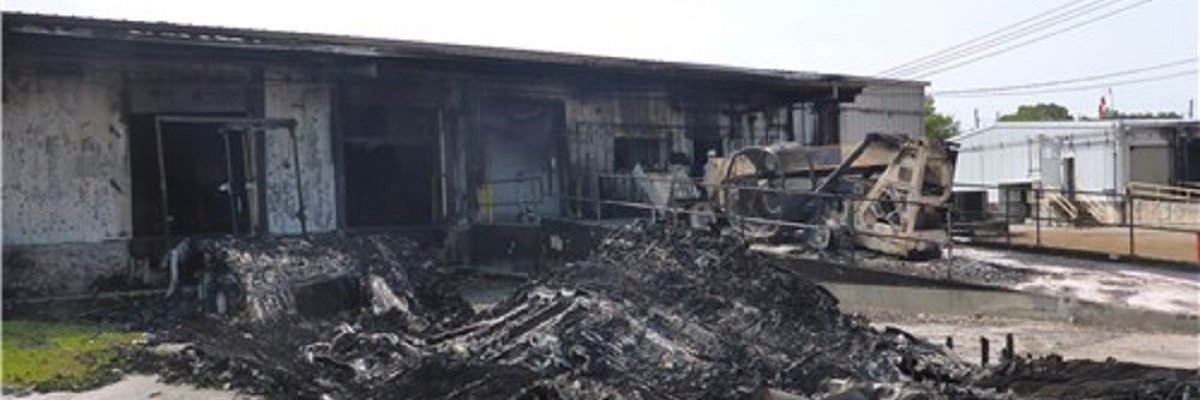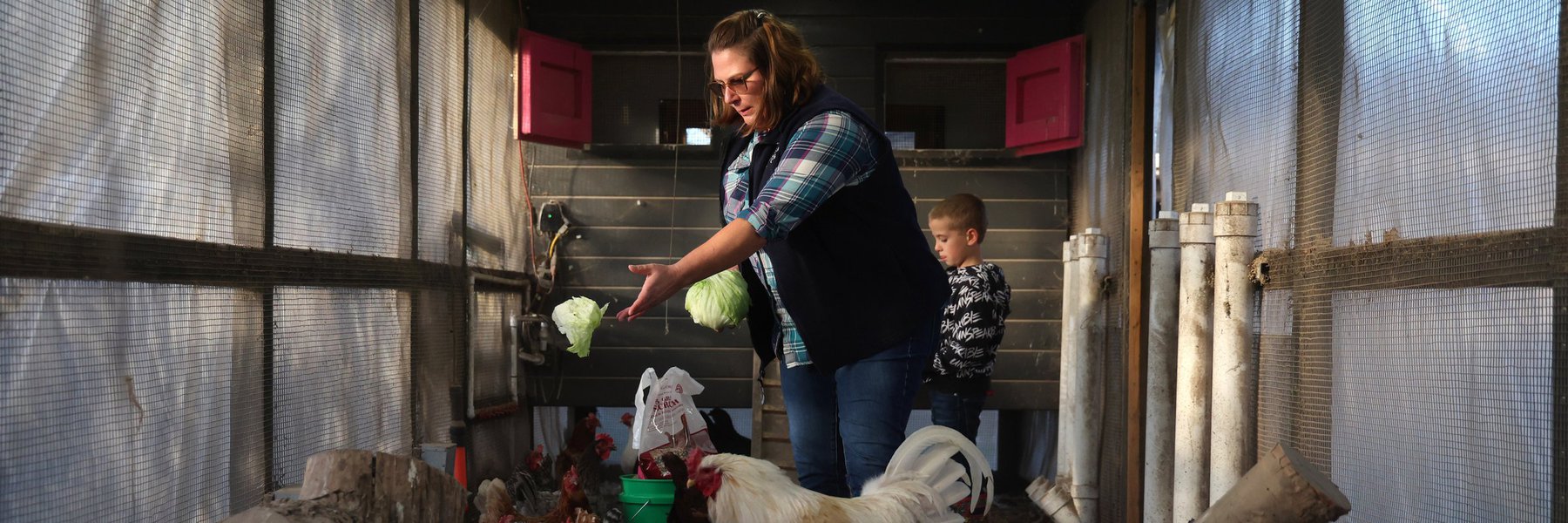Forty-four people were killed by Hurricane Harvey itself, but the longterm health effects from the chemical fire that ignited at Arkema Chemical Plant after the plant lost power, which deprived it of the ability to refrigerate highly combustible chemicals, aren’t yet known.
When Hurricane Harvey flooded the Arkema Chemical Plant with six feet of water on August 29th, 2017, combustible materials stored in refrigerated trailers caught fire after the storm knocked out the trailers’ electricity and back up generators failed, causing toxic smoke to pour out of the facility. According to reporting by The Houston Chronicle, Arkema only prepared for up to three feet of flooding.
Residents within a one-and-a-half mile radius were evacuated, and on September 3rd, the Harris County Fire Marshal’s office carried out controlled burns of the remaining chemicals for safety reasons.
The Environmental Protection Agency recently released Arkema’s Tier Two Inventory reports from last year. The purpose of these reports is to inform the public of how much hazardous chemicals are present at a facility and where they are exactly.
The chemical plant is just one potential source of toxins for residents of the Houston area, as floodwaters can leave people exposed to numerous health risks brought on by infrastructure damage that unleashes dangerous and caustic substances into the water.
Lawyers representing residents of the Houston area in a class action lawsuit against the company found numerous chemicals hazardous to human health after it tested soil, water and ash in the area. These findings contradicted EPA tests of downstream surface water runoff that found “No volatile organic chemicals or semi-volatile organic chemicals were detected in the surface water runoff samples.”
While it’s impossible to know exactly what sort of damage the chemical plant’s failure caused without testing the area oneself, inventory reports filed by Arkema with the EPA can shed some light on what kind of chemicals residents of the area were potentially exposed to.
According to the reports released by the EPA, the average daily amount of benzyl chloride stored at the facility was 10,000 to 24,999 pounds. While benzyl chloride is used in the production of dyes, pharmaceuticals, and perfumes, among other things, it’s also a probable human carcinogen, and it was used as an irritant in chemical weapons during World War One.
According to reports of the fire, the substances that burnt were “organic peroxides.” We can’t know exactly what burned and what was washed away, but we can tell you what was in there.
Tert-butyl Hydroperoxide is an organic peroxide that can cause a number of issues upon inhalation including coughing, a burning sensation, and labored breathing. Contact with skin can cause redness, pain, and blisters, and a number of people in the Houston area reported skin issues after Hurricane Harvey. Another organic peroxide housed at Arkema was sulfur dioxide, which can cause severe damage to one’s respiratory system if inhaled.
Also stored at Arkema was sulfuric acid, which can severely injure the lungs if inhaled, and cause necrosis and dermatitis (death of skin, and irritation of skin) if it comes in contact with a person’s skin.
Numerous residents of Crosby and the surrounding area filed suit against Arkema, although it’s not clear how many of those lawsuits are ongoing. The decision to carry out a “controlled burn,” was obviously not anybody’s first option, but some officials failed to be straight forward about the incident from the get go, with Harris County Sheriff Ed Gonzalez urging people not to think of the overheated chemicals that resulted in combustible events as “explosions,” but rather as popping noises that one might mistake for explosions.
"I want to be clear, it was not an explosion," Harris County sheriff says of chemical plant incident in Crosby, TX https://t.co/tmufk7LYnn pic.twitter.com/gEFSnyCCm7
— CBS News (@CBSNews) August 31, 2017
The Sheriff’s Office doubled down of their insistence that nothing that could harm humans could have burned at a chemical plant fire after ten deputies went to the hospital after inhaling what the Sheriff’s Office tweeted were merely “non toxic chemical irritants.”
UPDATE: The smoke inhaled by 10 deputies near plant in Crosby is beloved to be a non-toxic irritant, say company officials #Harvey
— HCSOTexas (@HCSOTexas) August 31, 2017
The Federal Emergency Management Agency contradicted the Sheriff, noting that the plume of smoke emanating from the chemical plant was “incredibly dangerous.”
One might ask how often chemical plant fires happen, and the short answer is, often enough.
Unfortunately, just a few months before the Arkema Chemical Plants caught fire, EPA Administrator Scott Pruitt blocked safety regulations set in motion by the Obama Administration after a 2013 chemical plant fire in Texas. Twice in four years seems like a big enough deal to warrant new rules, but that’s just us.
A full list of the EPA’s release is embedded below, and read the reports on the request page.
Image via CSB.gov




